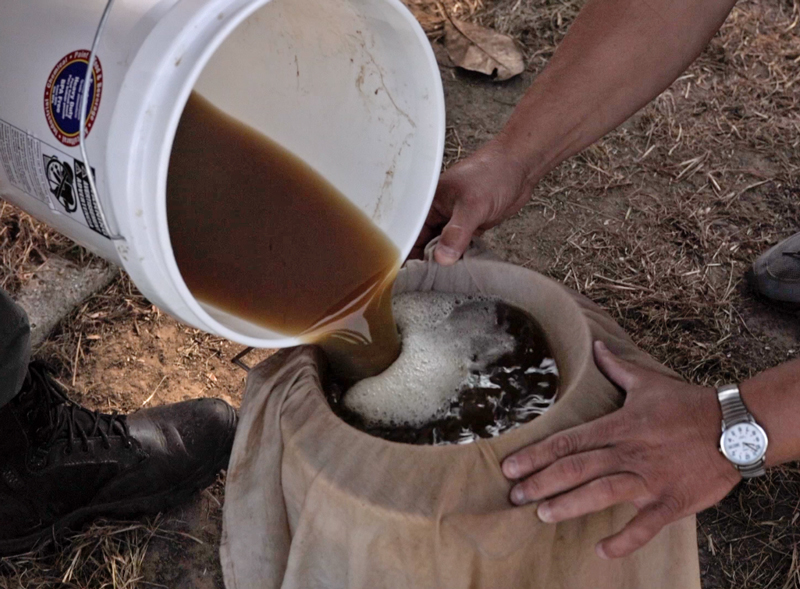Today I am holding a baby while I type, so I’ll keep it brief.
We normally bury sugarcane in trenches in the fall, with multiple nodes on each piece.
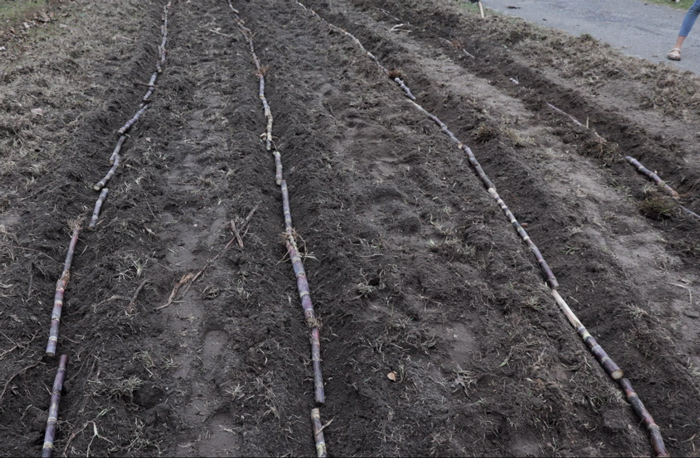
But I’ve also started it with two or three-node cuttings stuck upright in pots.
I’ve seen videos showing sugarcane propagation from single nodes, which could allow you to get a lot more plants from each cane.
Once I planted six new sugarcane wagon wheels with this year’s cane, I then planted a bunch of cane pieces in pots, each with multiple nodes.
And then I did some single node and double-node cuttings and put some upright in pots of dirt and others in a tub of water. I put another set of cane cuttings in one, two and three-node configurations in a bin of potting soil on their sides, just buried beneath the surface.
Between all these methods, we’ll see which ones give us the best strike rate.
Some have wondered why we bother growing sugarcane:
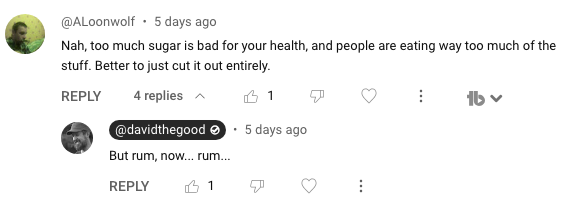
It’s not just about sugar, man.
Also:
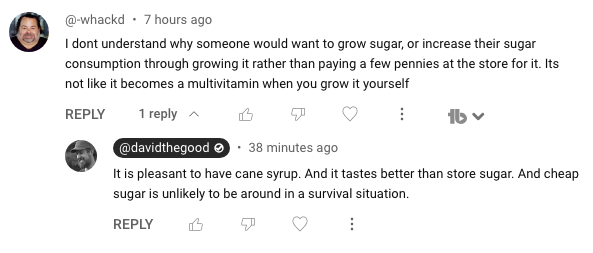
Because we have been in a cheap food paradigm for a time does not mean that paradigm will continue.
Remember the weird supply line issues during the pandemic? Everything is very complex and it is breaking down fast. We should have staples – and desirables – on our homesteads just in case. We grow sugarcane and tobacco and tea and herbs and other “non-essential” items just because they could make good sense in a survival situation.
We grow potatoes, too, even though store-bought potatoes are cheap.
Don’t be fooled: getting food and supplies from a thousand miles away – or from China – is not going to be a working option forever. Be your own larder and your own bank.
Also, this comment on my recent cane-planting video made me laugh
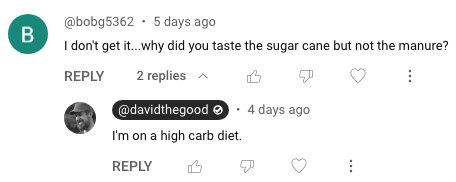
Sugarcane is just wonderful to grow and enjoy. Even though I hardly eat any sugar, I do love it as a plant.
Have a wonderful Monday. I’m hanging out with the baby as much as possible.

